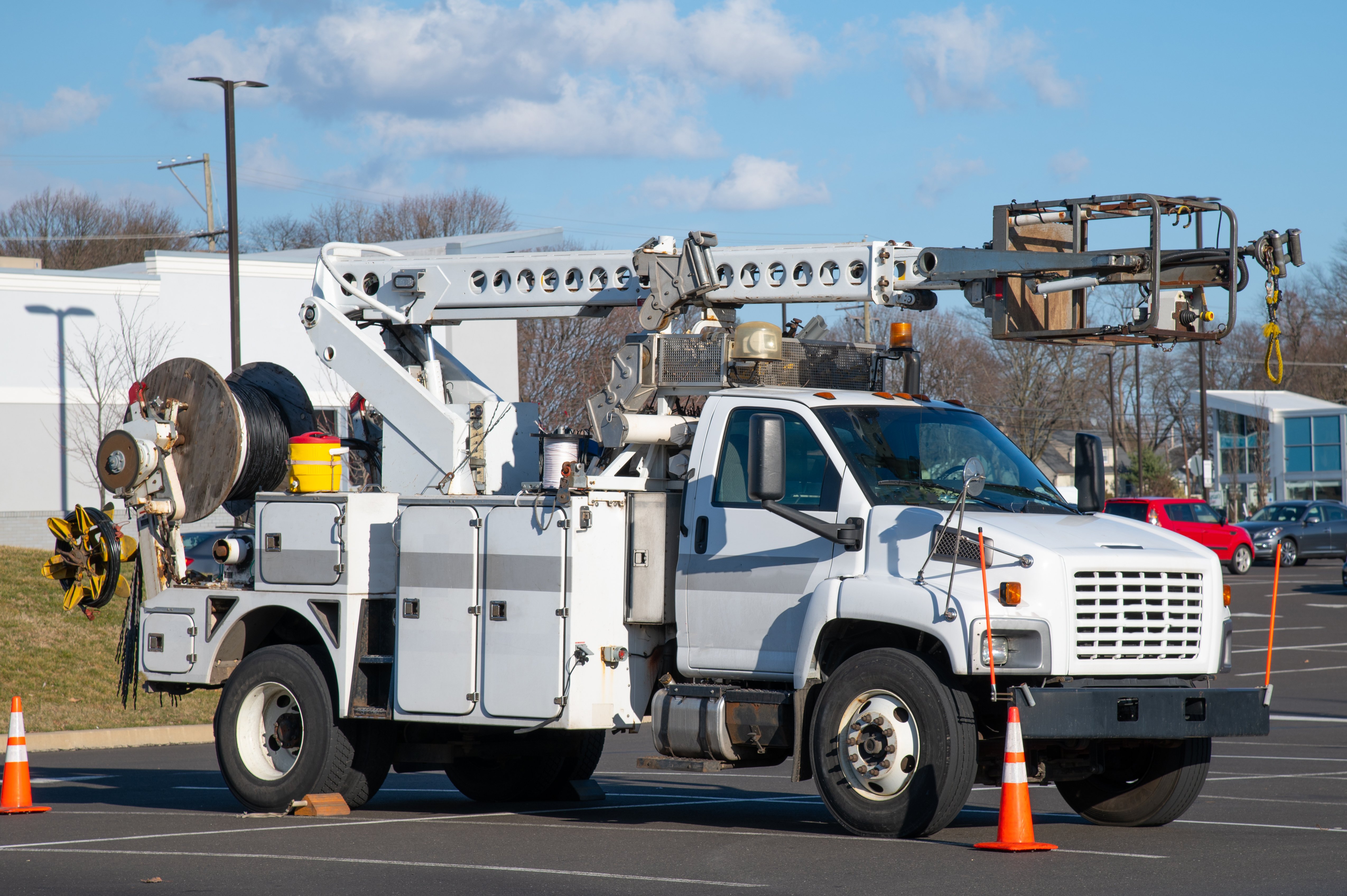
In 1981, the Federal Aviation Administration imposed a new rule designed to increase safety for both flight crew members and passengers. The new mandate, called the sterile cockpit rule, required that pilots had to refrain from any “nonessential activities during critical phases of the flight.”
That rule, says Smith System president and CEO Tony Douglas, is exactly what every driver and every vehicle should adopt as well.
Douglas, who has a pilot’s license and enjoys flying small planes, says that the most critical phases of a flight are when the craft is below 10,000 feet — which means during takeoff and landing.
“That’s when you have the highest probability of something going wrong,” he explains. “That is when you want the pilot to be focused on what is going on around them, not talking to each other about personal problems or things like that. They need to be paying complete attention to the conditions that could affect their flight.”
Ground Control to Major Mom (or Dad)
The sterile cockpit rule was created after a series of collisions, most notably the crash of Eastern Airlines Flight 212 in 1974, were found to be the result of distracted pilots and flight crew during these key takeoffs and landings. Just as with driving, the aviation industry has experienced significant changes in automation through the years.
In the early days of aviation, pilots had to give their full attention to their instruments and the conditions just to be able to take off and land safely. With increased automation and assistance from computers, pilots sometimes became overly confident with the takeoff and landing procedures and were overly reliant on technology to keep them safe.
Today, with so many automated features in our cars and more distractions both inside and outside the vehicles, drivers face some of the same challenges as pilots — and could benefit from adopting similar guidelines.
“Just like with takeoffs and landings, when you are backing out of your garage or just pulling into your destination, there’s a greater chance of being distracted,” Douglas says. “Creating your own kind of sterile cockpit rule with your family or others in the car is a great way to increase safety.”
Managing Unruly Passengers
In the average family, there are plenty of distractions as you’re leaving for the day. Taking the kids to school rarely runs in perfect order; someone forgot his homework, someone else is running late, and there are any number of kid-related crises and meltdowns that can take your attention away from the act of driving. There are arguments over radio stations, seating arrangements, and snacks.
Even without children in the car, many drivers disregard the importance of the beginning and end of their trip. Since you’re moving at a slower pace, it can create a false sense of safety, Douglas says. Instead of approaching it as an actual driving situation, you may be glancing down at a text, plugging in the location of your next destination or conducting a last-minute makeup fix.
“When people get into their car to leave, they aren’t thinking, ‘Am I ready to go?’ They’re just getting in their cars and going,” Douglas says. “People get in the car, turn the key and go without giving it a second thought.”
About 18,000 people are injured in backing collisions every year, and 66% of those crashes happen while backing out of a driveway or parking spot. Learning to do a proper safety check around your car before getting into it — and then using the sterile cockpit rule once you’re inside — could help cut down on such incidents.
Drive Like a Pilot
Adopting the sterile cockpit rule means making all passengers aware of what’s expected. Just as in an airplane, reinforcing the rule is the key to its success.
As a variation of the sterile cockpit rule, why not create a “wheels rolling” rule in the car? Once the wheels are in motion, there’s no looking at the text that just came in on your phone — and no reaching into the back seat to try to separate fighting children or adjust the volume on the iPad that is now blaring their chosen Spotify playlist.
Asking passengers to hold questions and conversation until you’ve safely reached the main road and have started your drive is another way to support the “wheels rolling” mindset.
“It’s probably never going to be 100%,” Douglas says. “But the same principle should apply. Children will still ask questions from the back seat, and your spouse is going to want to talk, but, as much as possible, keep that to a minimum.”
The sterile cockpit rule is just one more way to create a safer environment for you, your passengers and for others on the road. Smith System’s Driving Family video, which was created using the proven Smith5Keys®, can give you more ways to improve your family’s safety in every car trip, whether you’re going across town or across the country.










